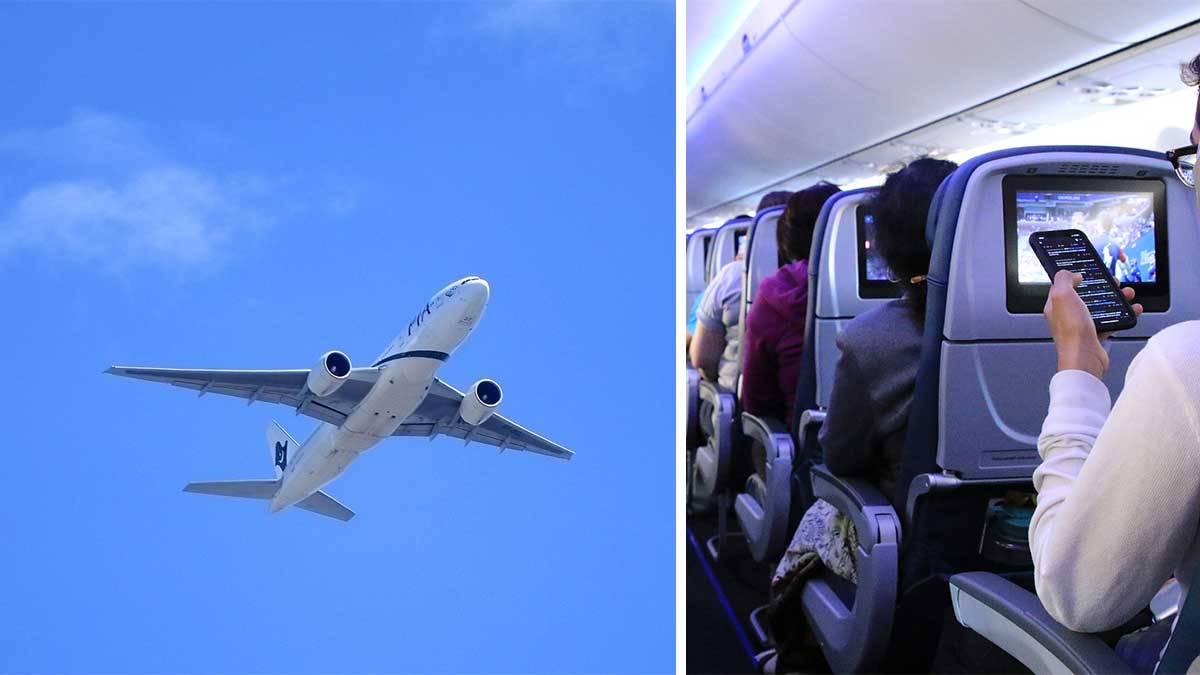Passengers on European flights will no longer have to put their phones on airplane mode. What’s more, they will be able to make phone calls as well as use mobile phones to 100 percent of their capabilities as airlines begin to roll out the latest 5G technology on their aircraft.
The European Union Commission announced the decision to introduce new mobile communication standards on board aircraft in November. “5G will provide innovative citizen services and growth opportunities for European companies. The sky is no longer the limit when it comes to the opportunities offered by ultra-fast, high-bandwidth communications,” said Commissioner for the Internal Market Commission Thierry Breton.
The deadline for EU countries to provide 5G frequencies for aircraft is June 30, 2023, which means that all passengers can use their phones to make calls as early as next summer.
In the opinion of the Commission, the decision to introduce mobile communications on board lays the foundation for the widespread deployment of 5G services. The service is expected to be provided in the cabin, which uses dedicated Picocell networking equipment to connect users and exchange text messages, calls, and data between the aircraft and the ground-based mobile network.
Thanks to Picocell technology, passengers will be able to use their phones through mobile networks, and not through Wi-Fi.
Moreover, the use of phones on the plane will become safe, since 5G frequencies are different from those used for communication between pilots and controllers. The cost of the service has not yet been announced, but it is already clear that it will not be free.
The Commission established the 5G networking project in 2013 and allocated more than €700 million in government funding under the Horizon 2020 program.

